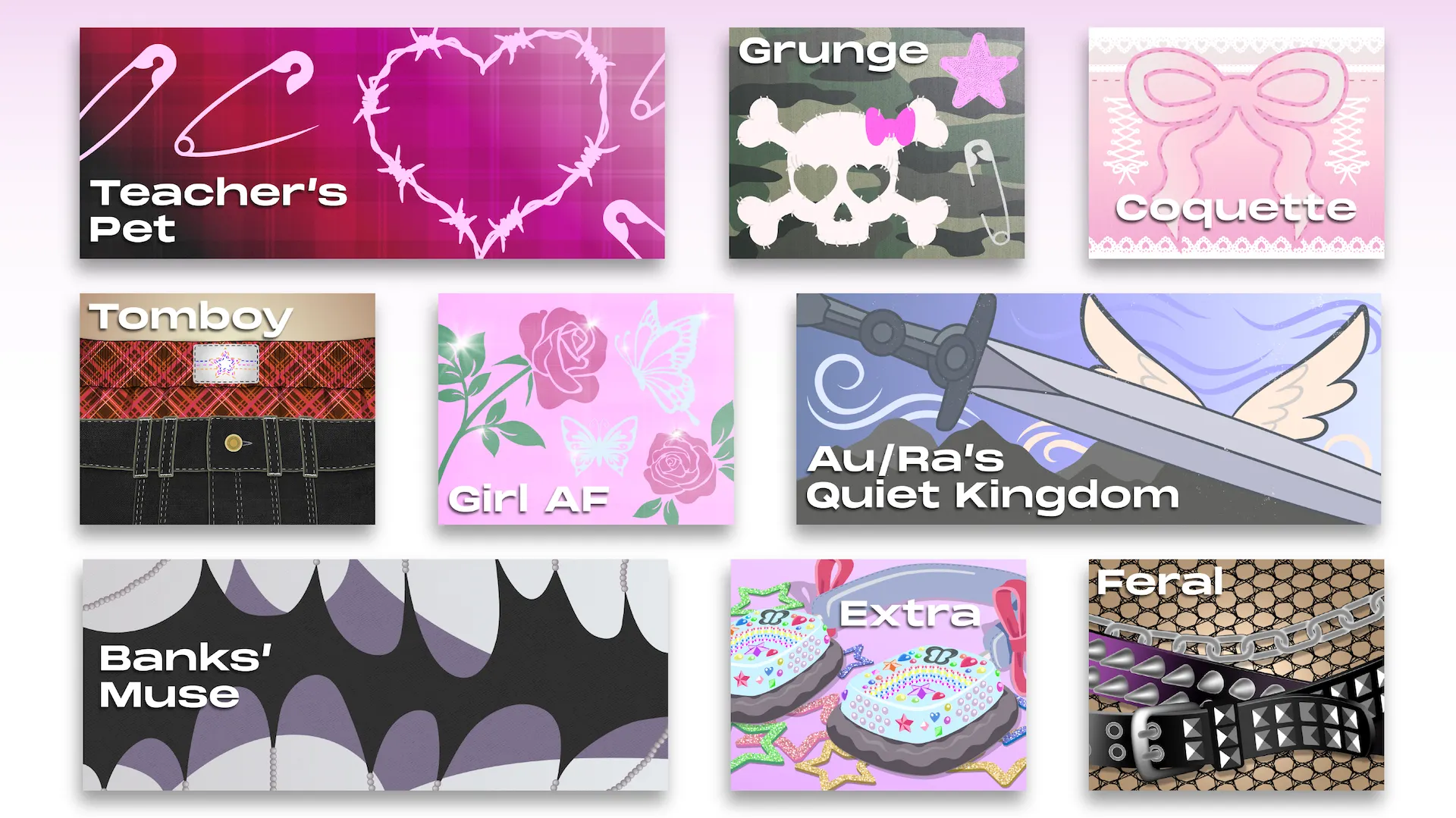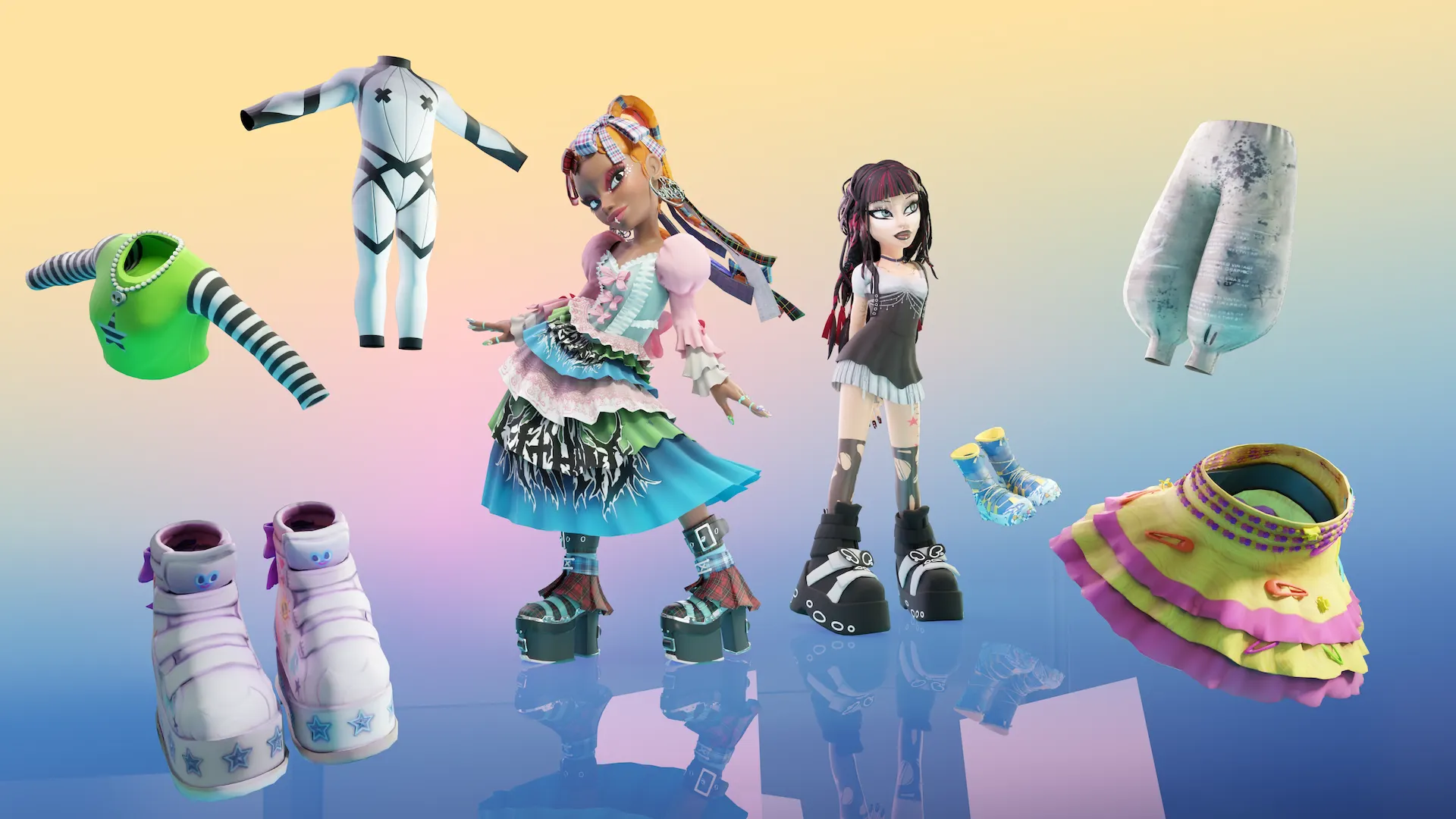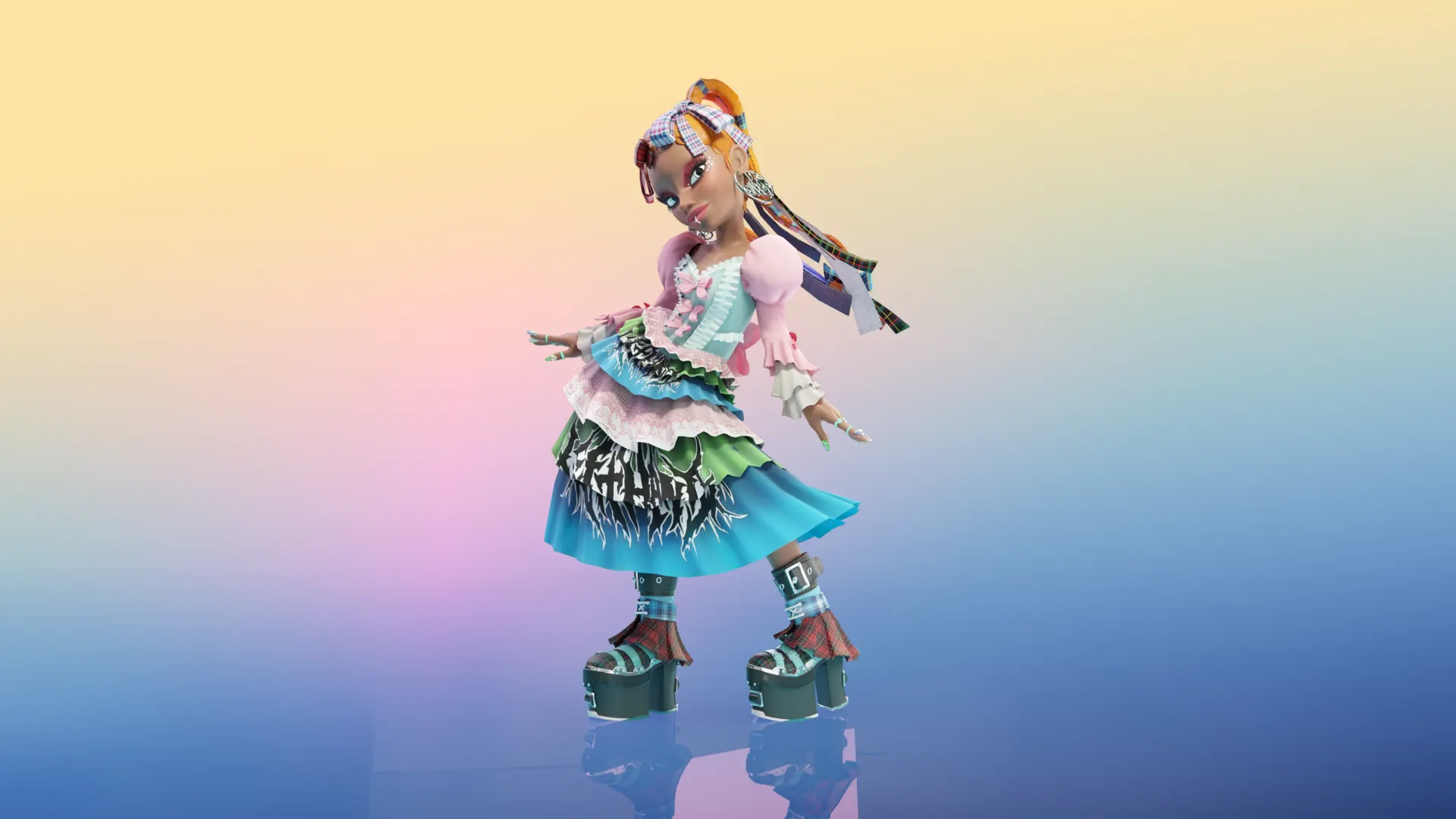Genies, the metaverse avatar tech company that achieved a $1 billion valuation in April 2022, has revealed its next moves: a social network of crowdsourced mini-games, fueled by a $500,000 digital fashion fund that includes celebrity co-creation opportunities.
The startup will launch The Workshop, a platform of 3D design tools and creative prompts that digital artists can leverage to create Genies-ready digital clothing and object assets.
This will include a library comprising thousands of curated fashion items that can be used to jumpstart or simplify the creation process. The results will be released into the Genies ecosystem, initially via its Silver Studio fashion thrifting game. The platform will host a revolving mix of fashion prompts—suggestions for assets that users can choose to tackle.

That’s also where celebrity co-creation opportunities will come in. Genies has tapped creators like musicians Khalid, Banks, and Au/Ra, plus artist Amber Park and TikTok thrifting sensation Clara “tinyjewishgirl” Perlmutter to participate in the program. Going forward, artists, brands, and game companies can use such prompts as open calls for user-generated content.
“[It’s] a unique way to get exposure around a new album release or announcement, as they can create fashion that’s emblematic of the song or whatever and can see fans interacting with the art,” Genies CEO Akash Nigam told Decrypt. “Like a rapper saying, ‘Send me your best album art and I’m going to use the coolest one.’”
Citing Genies’ existing involvement with artists like Justin Bieber, Migos, Cardi B, and J Balvin via its 2021 deals with Universal Music Group and Warner Music Group to be the official avatar provider for their respective rosters, Nigam said that such celebrity creators will have very specific things they want from the community.
“They want to see the artists compete and give different variations of what they’re looking for—like a black jacket with a panther on the back,” he explained. “So they’ll post the prompt and have 2,000-3,000 different submissions, and then get to pick and choose which one they want to use.”
“In the future, these artists are going to have their own worlds for which they’re going to want their own assets,” Nigam added.
When he says “worlds,” he’s referring to the incoming network of mini-games created via the developer kit that Genies launched earlier this year alongside a $1 million Developer Engagement Fund. A crucial factor for the Genies ecosystem is that all of its assets and games will be automatically interoperable.
“Everything works with everything,” Nigam said, explaining that the Genies character framework uses artificial intelligence (AI)—a combination of machine learning and computer generation—to predict how a hat typically falls on different types and styles of character. But it also will “allow the ‘avatar brain’ to retain information from one game to the next, and then start to build its own autonomous personality,” he added.
Going forward, creatives will be able to monetize their work because assets will ultimately be chargeable as in-game purchases. This will take the form of an automatic revenue split between artist and developer.
For now, however, it’s the Fashion Engagement Fund that will reward creators with a pro-rata amount based on traction generated by their work, he says, noting that similar models are used by hit game Fortnite and social video giant TikTok.

“We don’t want to monetize too early, as we don’t want to inhibit the users,” he said, adding that once monetization begins, the fund will pivot to "incentivize new behaviors”—rewarding creators on successful use of new features, such as augmented reality (AR) capabilities.
While Nigam acknowledged that the NFT hype cycle has well and truly concluded, he said that there’s been no reason to change his modus operandi because Genies was never fully reliant on tokenized drops. He emphasized that while Genies was widely considered an NFT company, it’s actually been an avatar company since 2015.
Over the next six months, Genies will start to release the first 50 or so games created via the developer kit, which is also when users will see the interoperability in full effect.
“We’ll start to show we can do it at volume, and next year we’ll release hundreds of unique crowdsourced games per month,” Nigam said. “The goal is to get our MVP out so people can start building against it.”
